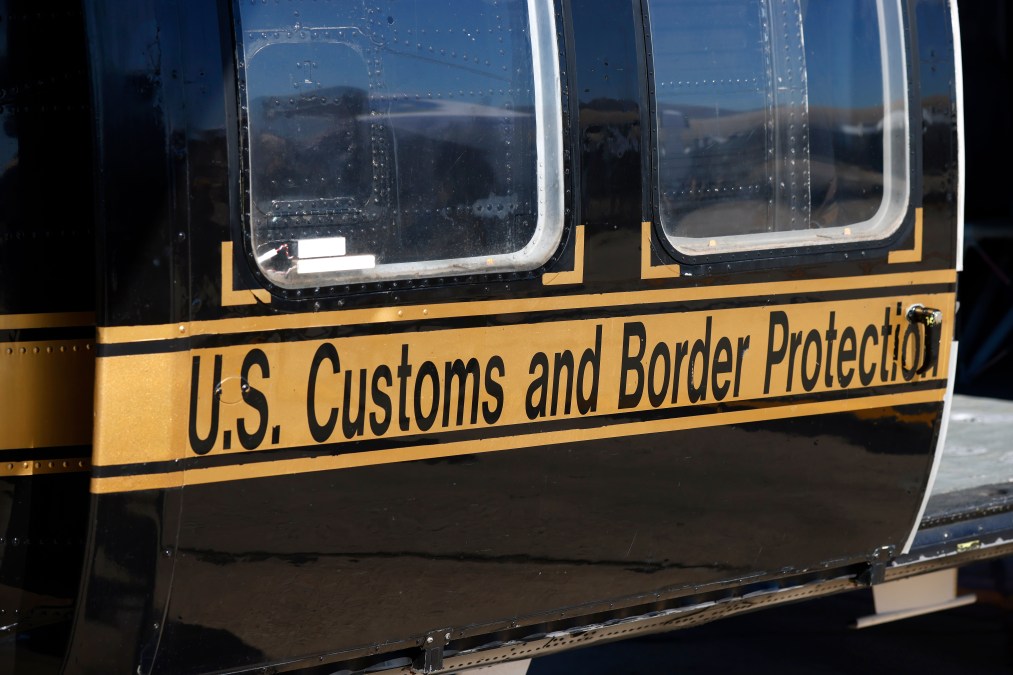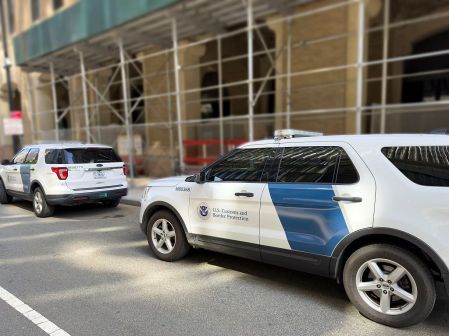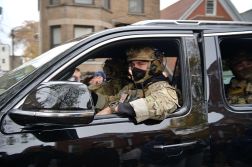Powerful scanners to spot drugs, weapons at the border are stuck in storage or inoperable, watchdog says

Expensive scanning technology meant to flag contraband at the U.S. border hasn’t been fully deployed, the Department of Homeland Security inspector general found, compromising the federal government’s ability to seize fentanyl, weapons and other illicit items.
In a report focused on Customs and Border Protection detection technologies at U.S. ports of entry, DHS OIG discovered several problems with the agency’s deployment of powerful sensors used to screen cargo, a revelation that comes as Congress weighs giving CBP even more funding for border tech.
The OIG report zeros in on CBP’s non-intrusive inspection technology, including high-energy railcar scanning and low- and multi-energy portal systems. The systems can resemble giant arch-like scanners that vehicles or trains might drive through. They produce images and data that can identify questionable cargo and prompt a CBP officer to conduct a further investigation.
But according to the report, only a third of the 150 fixed large-scale scanning systems purchased by the CBP program in recent years have been installed and deployed. The rest were in storage, still being built, or not installed, the watchdog found.
Many of the machines are worth millions, the report noted, with some stuck in storage for hundreds or even more than a thousand days. Some are simply sitting in what appear to be shipping-like containers near the ports of entry.
Worse, many of the systems actually present at the ports of entry were inoperable in some way, either because they lacked funding for installation, they might interfere with other technology, or because of issues with railroad company bureaucracy, the report found.
Another major problem is that CBP doesn’t accurately track the operational performance of its scanners, DHS OIG said, adding that the scanners could produce data inconsistent with official traffic at a port of entry.
“CBP was unable to deploy the large-scale NII systems it purchased, in part, because it did not follow Department policy and develop a deployment plan,” the report concluded. “As a consequence of this unstructured and short-term planning, CBP needed to make unexpected modifications to the infrastructure at the ports of entry, further delaying and increasing cost of the deployment.”
CBP agreed with all four of OIG’s recommendations, including a plan to fully deploy the technology mentioned in the report, implement procedures and tracking policies, adopt guidance on utilization inspection data and update guidance on operational interruption data.






